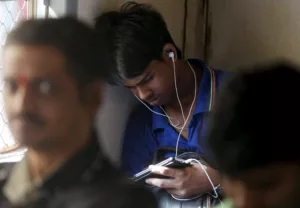“We see no valid reason to continue discussions on the adoption of this,” stated the letter dated October 17, which was reviewed by Helpleak.
None of the four companies involved nor India’s Ministry of Communications provided comments in response to requests. It’s worth noting that the proposal is still in the deliberation phase and could undergo modifications. There is no established timeline for its implementation, as indicated by a source with firsthand information.
The digital broadcasting of TV channels on smartphones has seen limited uptake in countries like South Korea and the United States. The primary reason for this limited adoption is the scarcity of devices that support this technology, according to industry executives.
Resistance to the policy represents the most recent form of opposition from companies operating in India’s smartphone sector. Over the past few months, these firms have challenged India’s initiatives to ensure phone compatibility with a domestically produced navigation system and another proposal requiring security testing for handsets.
For the Indian government, the incorporation of live TV broadcast features serves as a strategy to alleviate congestion on telecom networks, a result of increased video consumption.
The India Cellular and Electronics Association (ICEA), a lobbying body representing smartphone manufacturers like Apple and Xiaomi among others, expressed opposition to the proposal in a letter dated October 16, asserting that ATSC 3.0 is not currently supported by any major handset manufacturer globally.
Samsung holds the leading position in India’s smartphone market with a 17.2% share, closely followed by Xiaomi at 16.6%, as reported by research firm Counterpoint. Apple accounts for 6% of the market share.
In the letter reviewed by Reuters, the ICEA expressed concerns, stating, “The inclusion of any technology that is unproven and not globally accepted will disrupt the momentum of domestic manufacturing.”
Reported by Munsif Vengattil; Edited by Aditya Kalra and Raju Gopalakrishnan.






